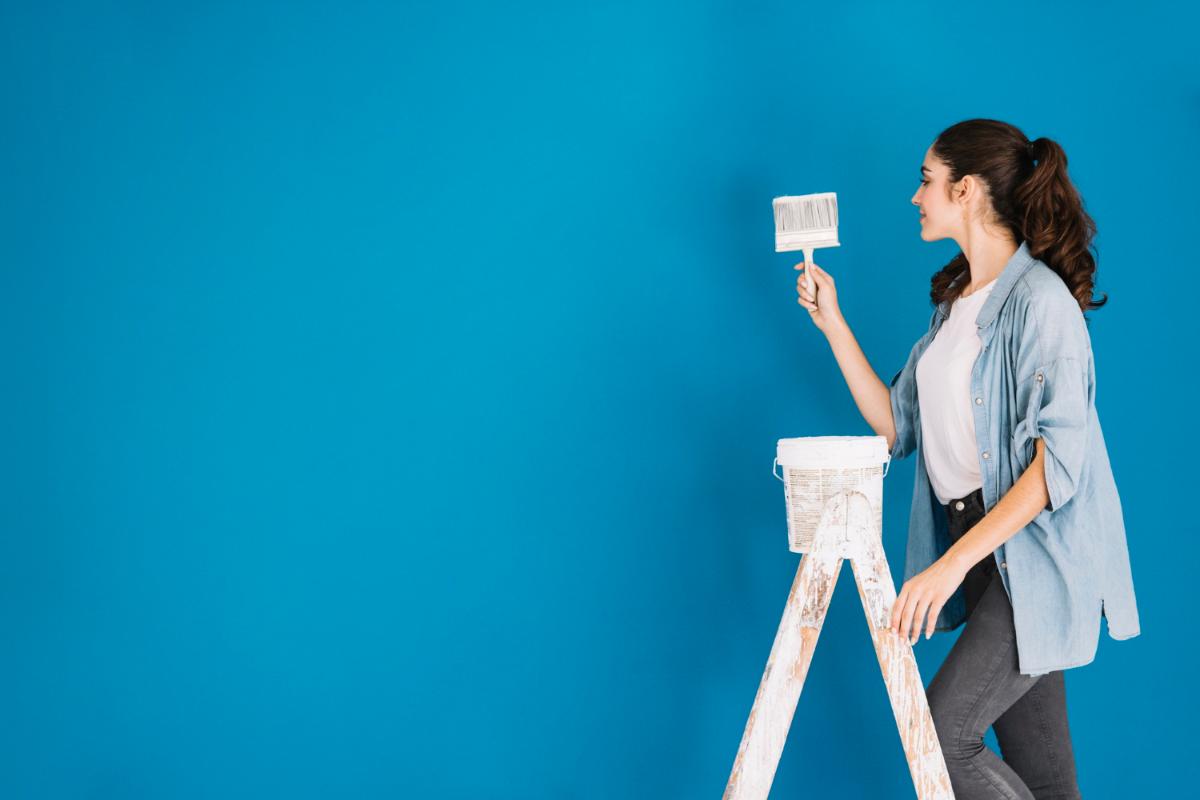Why More is Generally Better in Painting

Paint has changed significantly over the past couple of decades, mainly for the better.
In recent years, many states and regions have created government policies about VOC levels that have limited the production and sale of oil or alkyd-based consumer paints.
This is good news for the environment, good news for recoating faster, and good news for painters in Winter Springs. The advancement of waterborne paints is a significant reason our business model works well. Without the progress of waterborne (also commonly known as latex or acrylic) paint, finishing a house in a single day wouldn't be conceivable. Breathability, more satisfactory color retention, faster dry times, and easy clean-up are all benefits of using good quality acrylic-based paint.
Nevertheless, there are some disadvantages. Acrylic paints don't provide the same level of coverage as high-quality oil paint. In the past, a painter could get by with just one coat of oil on a home's trim and doors. With acrylic, you must normally allow for two coats to guarantee completely opaque finishes on walls and borders.
So, how do you know when a single coat will do? Let's examine this from a few distinct angles.
Say you own a kind of tired-looking condo, but you still appreciate the color. With a satisfactory color match, there is no reason why employing a bit of primer over any dark marks (with the shade you are using), plus one complete top coat, won't provide a first-rate paint job.
But what if you wish to change colors? If you're moving to a red, yellow, or any vibrant color, you should typically allow for three coats – a tinted gray primer followed by two top coats of your chosen wall paint.
Paint manufacturers, especially Sherwin Williams, have a "P" or Primer system associated with numerous colors in their fan decks. To guarantee true color opaqueness, they usually assign a specific shade of gray to work in convergence with the chosen top coat. Follow the specified "P" system, and you will seldom need more than two top coats over your primer.
On exteriors, because of expansion, contraction, precipitation, humidity, and UV light, two coats are nearly always advised to guarantee the coating will maintain a long life span. However, there are particular times when adding extra coats to the outside of a house could provoke a coating failure. For instance, an older house may have ten to twenty coats of paint on the outer walls. Adding new paint over the top of fully cured, less flexible paint can force the paint to bubble and release down to the bare wood, leading to the last ten to twenty layers peeling off along with the fresh coat you just added on. To fix this, scrape the bubbles, spot-prime the naked wood, and touch up as required.
The best practice for older houses is to remove all existing paint and start from scratch. Yet, this is usually a tremendous undertaking, and most individuals would rather scrape a few bubbles to bypass this massive amount of work.
To summarize, one coat when completing a refresh, two coats when completing a color change, and always two coats on exteriors.
We hope this gives you a clear understanding of why more is usually better in painting. Contact us today for a consultation with our painters in Winter Springs. We are here for you!